Trees add beauty to any landscape, but they also have impressive practical benefits. They clean the air, reduce carbon dioxide and (when positioned correctly) provide protection from wind and sun, reducing heating and cooling costs. If a tree grows too close to a power line, however, it can cause power outages and become a life-threatening danger.
A growing problem
Trees that grow or fall into power lines are the single largest cause of power outages, according to the Federal Energy Regulatory Commission. Problems can occur suddenly, such as when a branch breaks during a wind or ice storm. Issues can also develop over time through natural growth patterns, with growing branches crowding or rubbing against power lines.
Trees located near power lines represent a real threat to children who may be tempted to climb them, or to homeowners attempting to tackle a tree-trimming job on their own. Limbs and branches that come into contact with power lines may become energized.
Trimming back
To improve safety and reduce the risk of power outages, your power company maintains a vigilant program of tree and brush removal and trimming. Trimming is performed according to directional pruning techniques that meet the standards and practices of the Tree Care Industry Association and other groups.
Directional pruning guides new growth away from power lines. Limbs or portions of limbs growing near power lines are trimmed back to the main branch or trunk, where they would naturally shed if the limbs died from natural causes. This pruning method preserves the tree's natural defense system and minimizes impact on the crown. In some situations, an entire tree is removed. Tree removal may be necessary because the tree is leaning toward a power line or has a structural defect that increases its risk of falling.
Right place, right tree
Adding trees to your landscape? Carefully consider different tree species and how they may affect power lines on your grounds. No tree should be planted near high-voltage transmission lines. Some species, however, normally grow to a mature height of 20 feet or less. These include:
- Crabapple
- Flowering Dogwood
- Hawthorne
- Bristlecone Pine
- Common Juniper
- Trident, Amur, Paperback and Tartarian Maples
- Rose Acacia
These species can typically provide an attractive addition to your landscape without interfering with distribution lines. The following species, however, grow particularly tall and should be planted no closer than 60 feet from distribution lines:
- Oak
- Colorado Blue Spruce
- Silver and Norway Maples
- Most pine species
If you're planning a landscape project, overhead power lines are not your only concern. Knowing where utility lines are buried can help you avoid injury, service outages and costly repairs. Call 811 to have underground lines marked before you dig.

